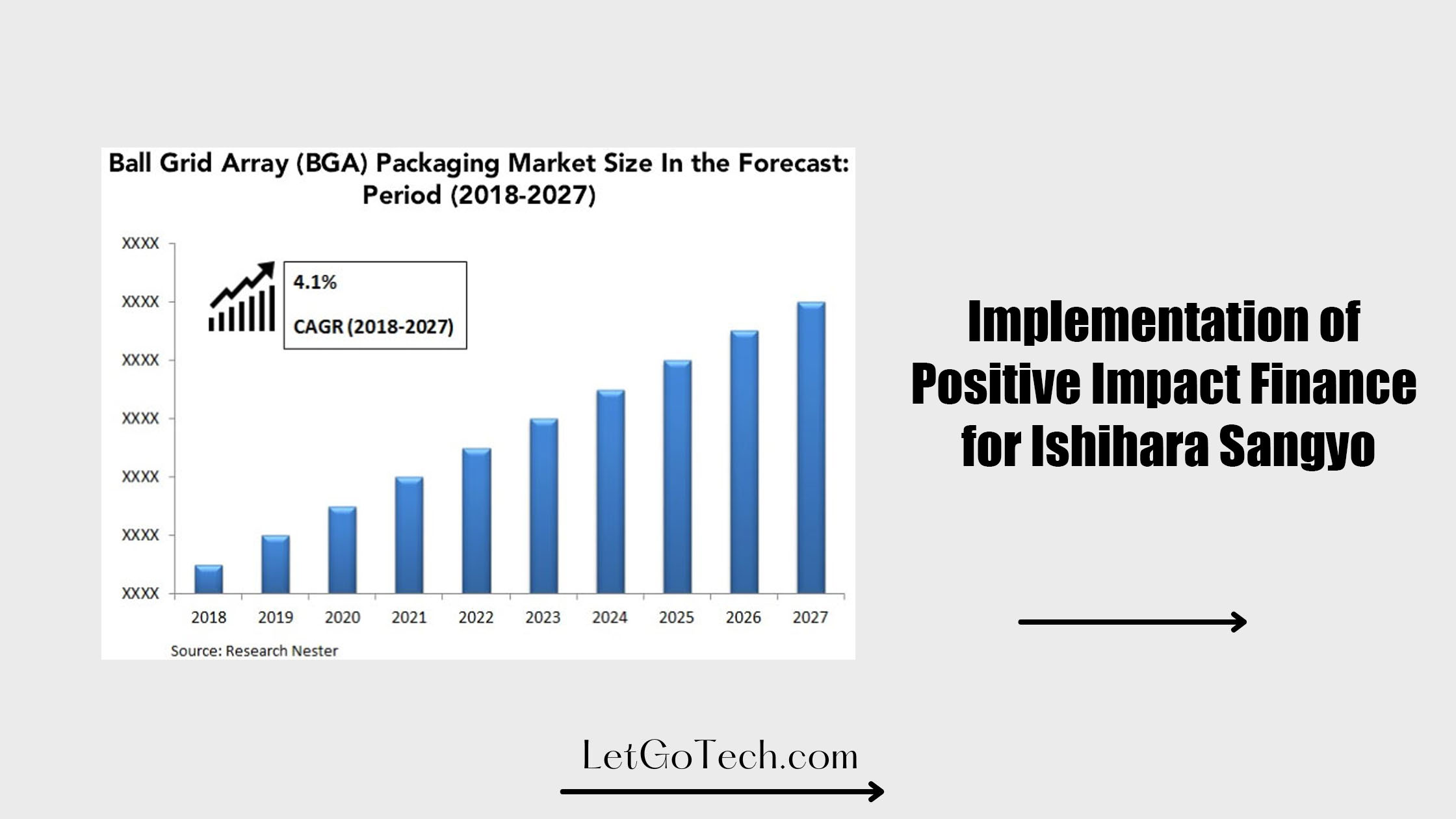The Bank has provided business funds to Ishihara Sangyo Co., Ltd. (Nishi-ku, Osaka; President: Hideo Takahashi) (hereinafter, “Ishihara Sangyo”) as “Positive Impact Finance” (hereinafter, “this loan”). I was.
The United Nations Environment Program Finance Initiative (hereinafter referred to as “UNEP FI”) aims to fill the funding gap for achieving the SDGs, and positive impact finance is a joint venture between financial institutions and companies that creates and expands positive impacts. Planned finance. Under the Principles for Positive Impact Finance,
UNEP FI aims to generate positive impacts in at least one aspect, on the premise of appropriately mitigating and managing significant negative impacts in any of environmental, social and economic aspects. defined as finance. The Bank has formulated the “SBI Shinsei Bank Positive Impact Finance Implementation Framework” based on the model framework and impact analysis tools published by UNEP FI, and conducts financing based on this framework. increase.
Ishihara Sangyo established the purpose of “continuing to contribute to the realization of a better living environment through chemical technology”, and its main businesses are the “inorganic chemicals business” centered on titanium oxide and the “organic chemicals business” centered on agrochemicals. We support people’s lives by contributing to the development of agriculture, medicine, and many other industries.
In arranging this loan, the Bank conducted an evaluation in the important impact areas (core impacts) related to Ishihara Sangyo’s business activities. Going forward, we will continue to monitor the manifestation of impact through KPIs over the financing period, and support efforts to realize sustainable business from the perspective of impact.
[Title: Setting goals and KPIs for core impact]
| [Impact category (topic)] Corresponding activities/measures |
KPI | Goal (Target Year) |
|
(1) [Availability of resources and services (food access)]
・Efforts to expand sales by designing systems and setting targets for environmentally and socially conscious products (in the organic chemicals sector (pesticide formulations, etc.))
|
System design including definitions of environmentally and socially conscious products | Expand sales of environmentally and socially conscious products |
| * (After designing the system) Set medium- to long-term goals and start implementing PDCA on a regular basis | ||
|
(2) [Climate stability, infrastructure, circularity (resource strength)]
・Efforts to expand sales by designing systems and setting goals for environment-friendly and socially conscious products (in the inorganic chemicals sector (titanium oxide products, etc.))
|
Same as ① | |
| (3) Equality and Justice (Gender)
・Proactive recruitment of women, career support, promotion to managerial positions
・Establishment of a comfortable working environment, establishment of systems and promotion of utilization
|
Ratio of female managers | 10% or more (FY2030) |
| ④ [Climate Stability]
・Conversion of coal boilers at Yokkaichi Plant to low-carbon fuel
・Rebuild production system
・Thorough energy conservation, use of renewable energy, etc.
|
CO2 emission (Scope1+Scope2) | 30% or more reduction (FY2030) |
|
⑤ [Health and safety, biodiversity and ecosystems, biodiversity and ecosystems, circularity (waste)]
・Efforts to prevent pollution (air, water, soil) and manage chemical substances
・Efforts to reduce industrial waste
|
Compliance with voluntary control values that are sufficiently stricter than laws and regulations in consideration of the environment and society | continuation |
| Amount of waste generated | 50% or more reduction (FY2030) | |
|
⑥ [Working conditions, health and hygiene, biodiversity and ecosystems]
・Understanding ESG (Environmental, Social, Governance) issues in the supply chain and initiatives to reduce risks
|
Formulation and publication of basic purchasing policies and guidelines (during FY2023) | Realization of sustainable procurement in the supply chain |
| Set medium- to long-term goals and start regular PDCA implementation (FY2025 onwards) |



